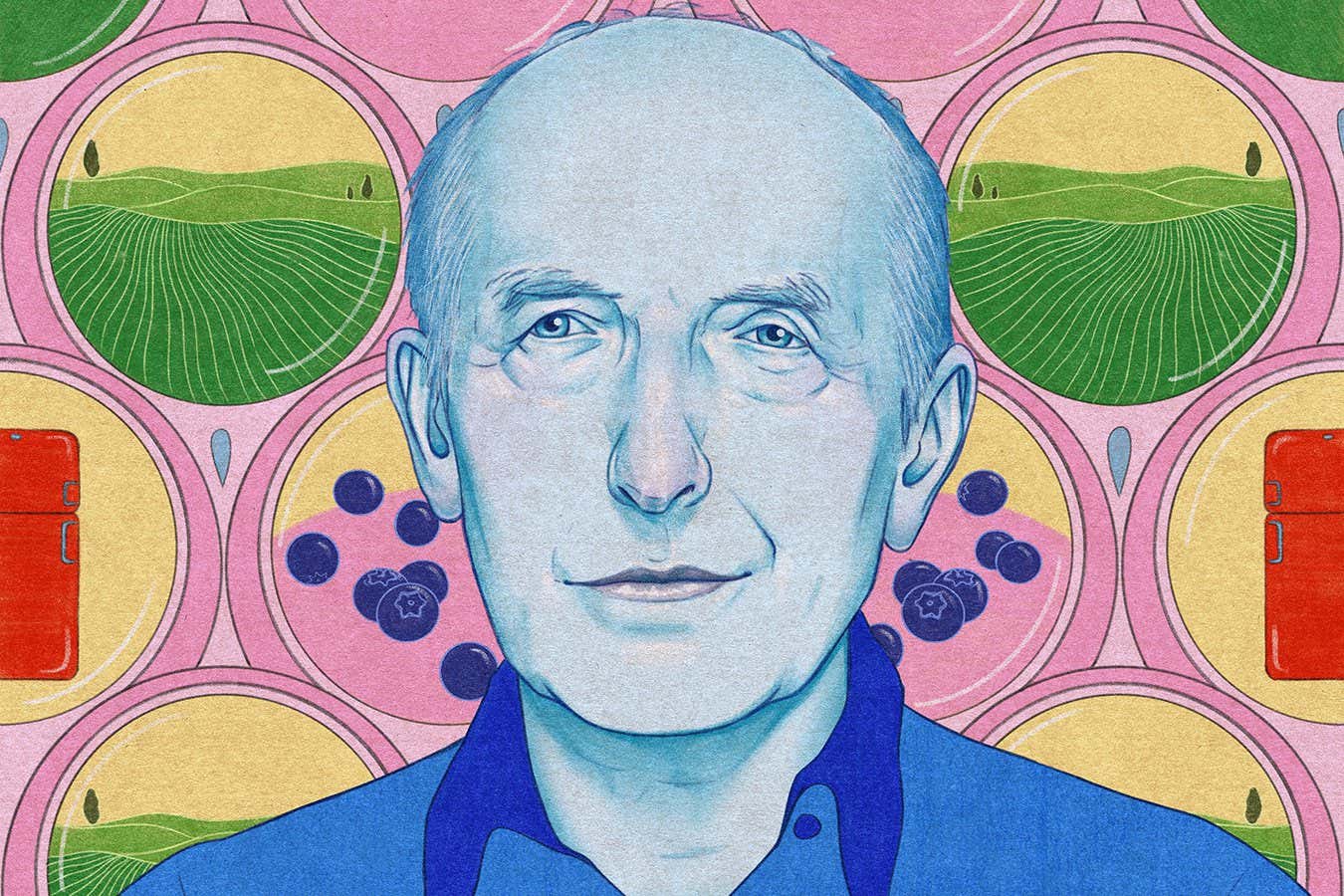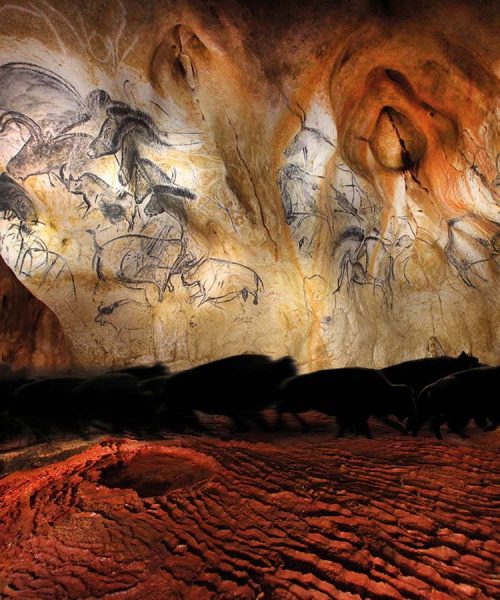
Natalie Foss
Here is a recipe for a thought-provoking, if not wholly appetising, snack: slice up a large tomato and pour over five or six tablespoons of your favourite cooking oil. Depending on where you got your tomato, that oil represents roughly the amount of diesel fuel needed to grow and deliver it to your plate. Bon appétit!
The influential environmental scientist and historian of energy Vaclav Smil came up with this illustration a few years ago – he recommends using dark sesame oil in your salad for the best visual effect. His aim was to highlight the utter dependence of our current food system on fossil fuels, used to run farm machinery, make fertiliser, heat greenhouses, power ships and even generate the electricity that keeps your fridge cool.
As he explains in his new book, How to Feed the World, this makes our food system productive enough to feed 8 billion people and rising. It also leaves it rife with inefficiencies and waste, so that food production takes up more than a third of all land not covered in ice, slurps most of the water we use and generates nearly a third of our global greenhouse gas emissions.
Based at the University of Manitoba in Canada, Smil is best known for his work on energy use throughout human history. But several of his more than 30 books have focused on what we eat, including Feeding the…





